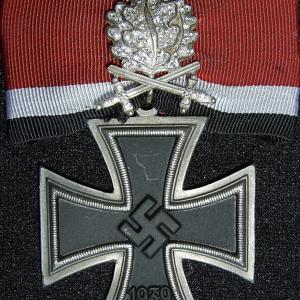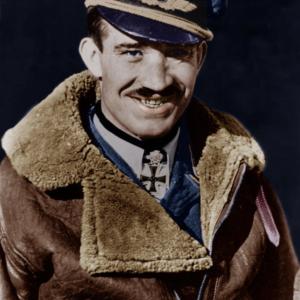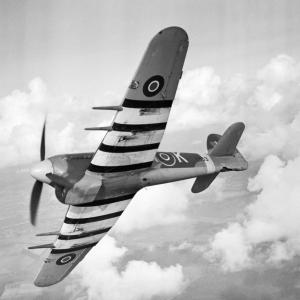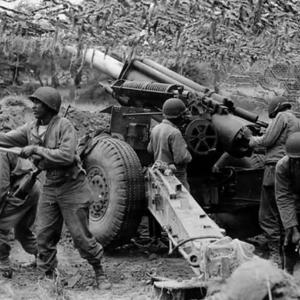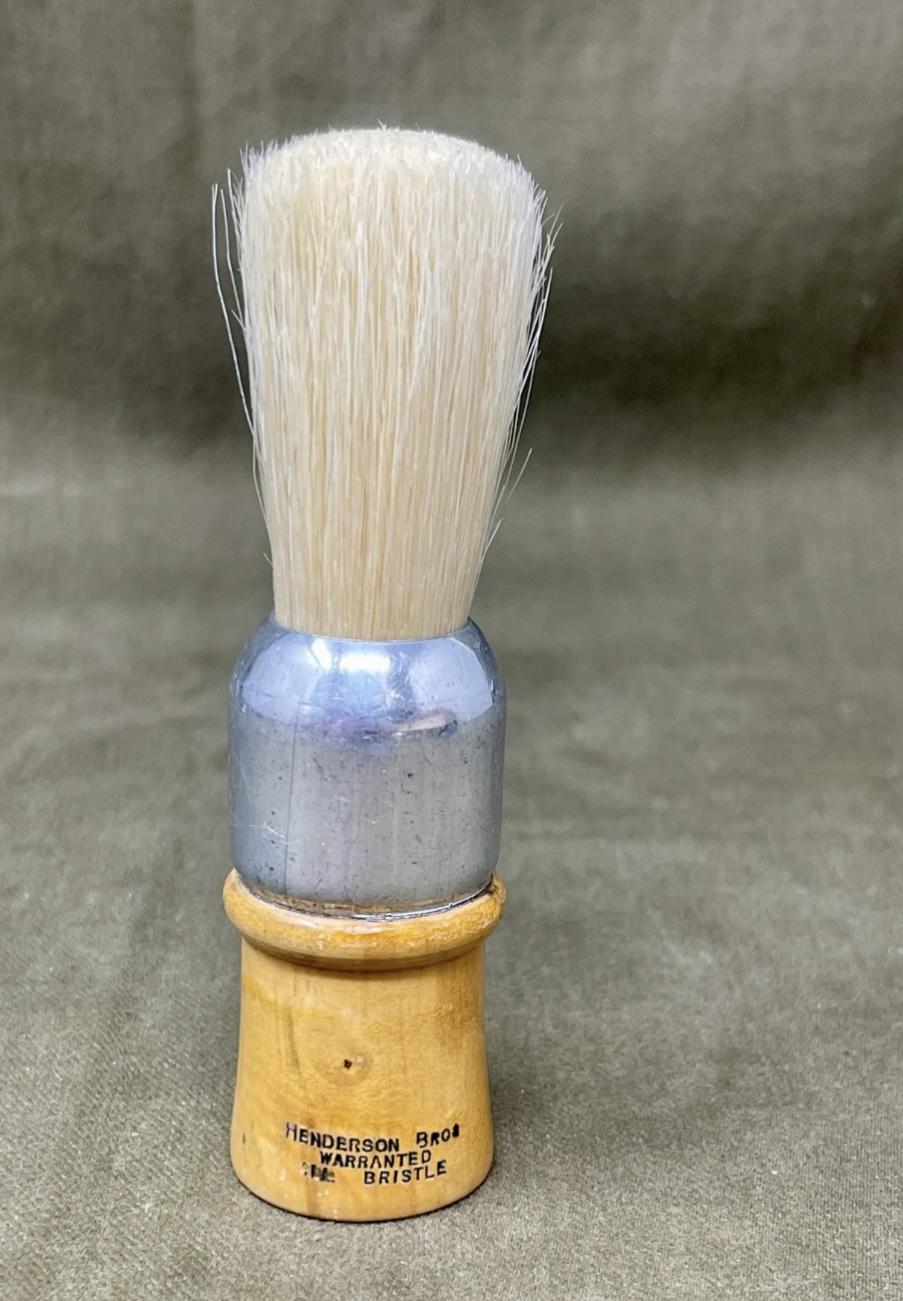
Military shaving brush
During the Second World War, personal grooming was considered a matter of military discipline as well as hygiene. Among the essential items issued to servicemen was the humble shaving brush—an everyday object that became a standard part of military kits around the world. One such example, the Henderson military shaving brush, reflects how American industry adapted to wartime needs and helped maintain morale among troops.
The Henderson shaving brush was manufactured by the Henderson Brush Company, a U.S. firm based in Chicago, Illinois. Prior to the war, Henderson specialized in grooming and utility brushes for civilian use. When the United States entered World War II in 1941, the company, like many others, redirected its production lines to meet military contracts overseen by the War Production Board. Chicago’s industrial infrastructure and central location made it a natural site for such manufacturing efforts.
Designed for durability and practicality, the Henderson shaving brush typically featured a molded plastic handle—often in black or olive drab—paired with densely packed boar bristles. Some wartime shortages led to the use of synthetic fibers in later versions. While exact production numbers are not publicly documented, evidence from procurement records and surviving examples suggests that hundreds of thousands of these brushes were made between 1942 and 1945.
These brushes were not exclusive to one branch of service. They were issued broadly across the U.S. Army, Navy, Marine Corps, and Army Air Forces. Soldiers received them as part of their standard toiletry kits, which also included razors, soap, toothbrushes, and other personal care items. The Henderson brush proved especially useful in field conditions, where regular shaving was required even in combat zones. Servicemen in both the Pacific and European theaters relied on them daily.
Though it was a simple item, the Henderson shaving brush played a small but important role in maintaining the appearance and discipline expected of American troops. Today, it is a sought-after piece of World War II memorabilia, often found in original hygiene kits or displayed alongside other personal items from the era.

